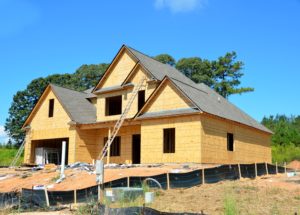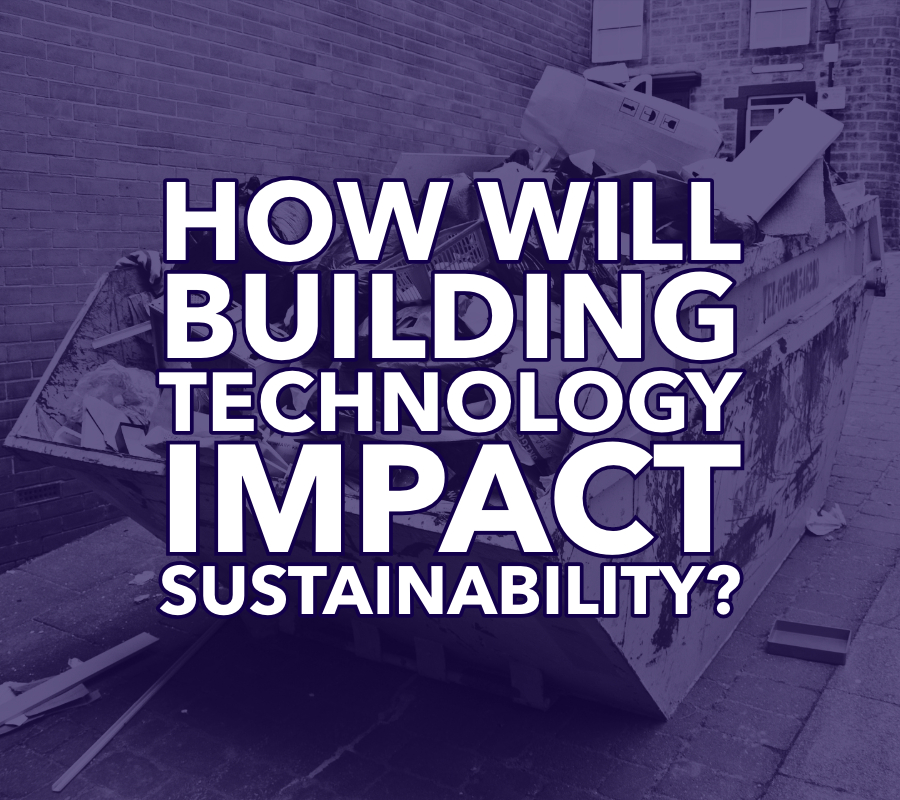With a growing focus on the impact of pollution and waste on the environment, it is difficult to ignore sustainability concerns in new home construction. A 2,000 square foot home can produce over 8,000 pounds of trash at a single constructions site. With 600,000 homes being built each year, construction waste is becoming a major concern.
Support via government incentives and consumer demand are leading businesses to think about “going green”. Solar panels, improvements in automation, and recycled materials are already being seen in new home construction.
How is technology improving sustainability?
Innovative technologies are transforming the way work is done in new home construction. Sustainable construction is more complex than just the infrastructure of a building or home. Building software is helping make the building process more efficient. Commercial real estate developments using these new age building and planning software have shown a significant decrease in waste (up to 40% in some cases). Last minute decisions lead to dreaded change orders on the job site. Change orders prove to be very costly and wasteful. Fewer surprises during construction will result in a more efficient build. Every mistake on a job site has associated costs; packaging, shipping, materials, and most of this will ultimately end up in a landfill.
How can Roomored Help?
Roomored impacts sustainability by decreasing infrastructure needs (fewer model homes and design centers) and reducing the volume of change orders resulting in material cost overruns. Home buyers benefit by making more confident selections of their finishes; thereby reducing the need to correct costly mistakes and poor decisions. Roomored facilitates fewer and smaller design centers and supports a reduction in materials samples and freight costs nationally.
Earlier this year we sat down with Hux Sustainable founder, Katie Wallace, to discuss the environmental impact the homebuilding industry has on our planet.

